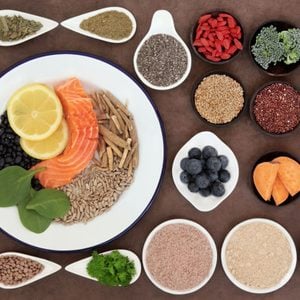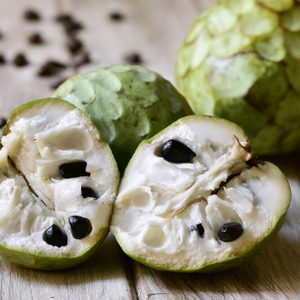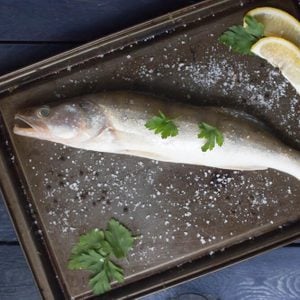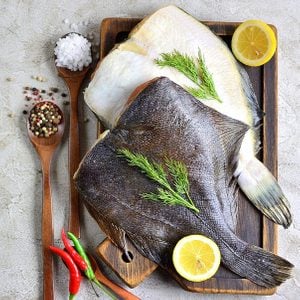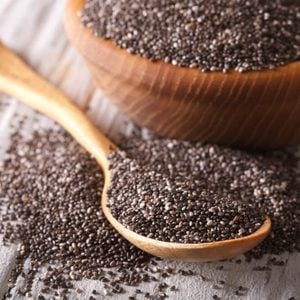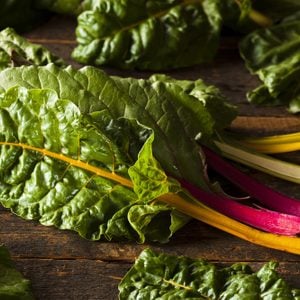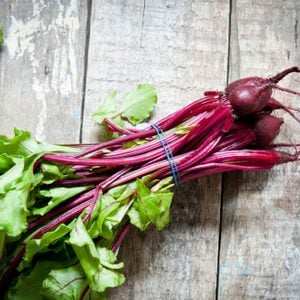What Is a Food Co-op? And Why Should You Join One?
Updated: Aug. 14, 2018
When you hear "co-op," you may think "hippies." But after you learn how these businesses support your local economy, you may just want to join one.
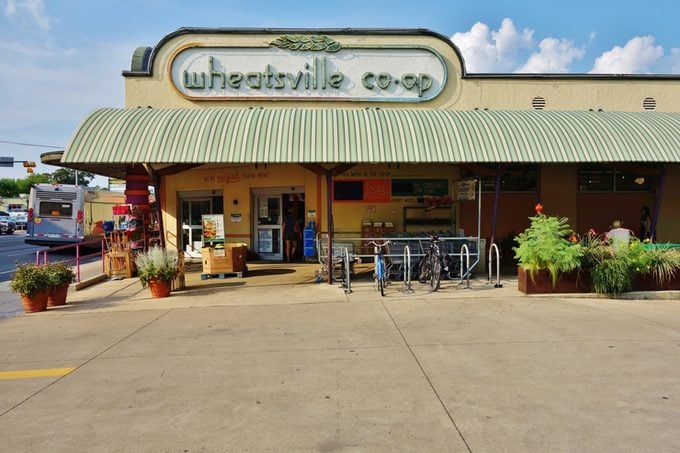
IN_CONTENT_ADS_DEBUG: NO AD BECAUSE OF CHAR COUNT: 0, 150
Food co-ops (short for “cooperatives”) may have a reputation as havens for “crunchy granola” types, but these businesses aren’t just for hippies anymore. When they’re run well, they have a lot to offer everyone in the community.
IN_CONTENT_ADS_DEBUG: NO AD BECAUSE OF PARAGRAPH NEAR MEDIA:1, -1, <img
IN_CONTENT_ADS_DEBUG: NO AD BECAUSE OF CHAR COUNT: 6, 150
What’s a food co-op?
A food co-op is essentially a grocery store that’s owned by the people who shop there. Members get to decide what foods and products are stocked on the shelves, where those items are purchased and what quality standards both products and vendors have to meet. Members also vote on standards for negotiating prices, and they choose how co-op employees are compensated. Often, even part-time employees are eligible for health insurance.
DISPLAY_DEBUG: NO DISPLAY BECAUSE OF LOOP START! 1, 1
IN_CONTENT_ADS_DEBUG: NO AD BECAUSE OF CHAR COUNT: 6, 150
What perks do co-ops offer?
Typically, co-ops aim to offer high-quality foods at fair prices—for shoppers and producers. Doing business this way helps keep money in communities by supporting local growers, mom-and-pop vendors, the best craft brewers, etc. And, of course, all this local commerce helps create jobs, too.
DISPLAY_DEBUG: NO DISPLAY BECAUSE OF WRONG CADENCE! 2, 1, 6
Co-ops also tend to carry foods and products for people following special diets (paleo bacon, anyone?) or managing food sensitivities (it’s a gluten-free smorgasbord!).
DISPLAY_DEBUG: NO DISPLAY BECAUSE OF WRONG CADENCE! 3, 1, 6
If eating local and/or organic produce is important to you, a co-op is a great place to shop. You’ll also probably have several brands to choose from if animal welfare standards, like cage-free eggs, grass-fed beef and free-range chickens, affect your purchasing decisions. And you’ll find products from vendors who champion sustainable farming and fishing practices.
DISPLAY_DEBUG: NO DISPLAY BECAUSE OF WRONG CADENCE! 4, 1, 6
Other perks may include an impressive bulk foods/spices section packed with all kinds of grains, nuts, snacks, teas and more at bulk prices. Find out what bulk items get you the best deals.
DISPLAY_DEBUG: NO DISPLAY BECAUSE OF WRONG CADENCE! 5, 1, 6
IN_CONTENT_ADS_DEBUG: NO AD BECAUSE OF CHAR COUNT: 6, 150
Who can shop there?
Typically, anyone can shop at a food co-op—you don’t have to be a member. If you choose to become a member by paying the co-op’s dues, you’ll have a say in how the co-op is run and probably get discounts on certain products, too. Each co-op decides its dues, but there’s usually a flat rate for a lifetime membership. And if there’s a surplus profit at the end of the year, you could get a dividend, too. Shopping smart can help you save money at any grocery store.
DISPLAY_DEBUG: NO DISPLAY BECAUSE OF WRONG CADENCE! 6, 1, 6
IN_CONTENT_ADS_DEBUG: NO AD BECAUSE OF CHAR COUNT: 6, 150
If you’re curious about your local co-op, don’t be afraid to stop in and ask questions. You might just meet some new neighbors…and walk away with a grocery bag full of the finest local produce, or maybe some of the world’s most nutritious foods.
DISPLAY_DEBUG: GOT DISPLAY! 7, 1, 6, 1
IN_CONTENT_ADS_DEBUG: NO AD BECAUSE OF LAST PARAGRAPH!




















